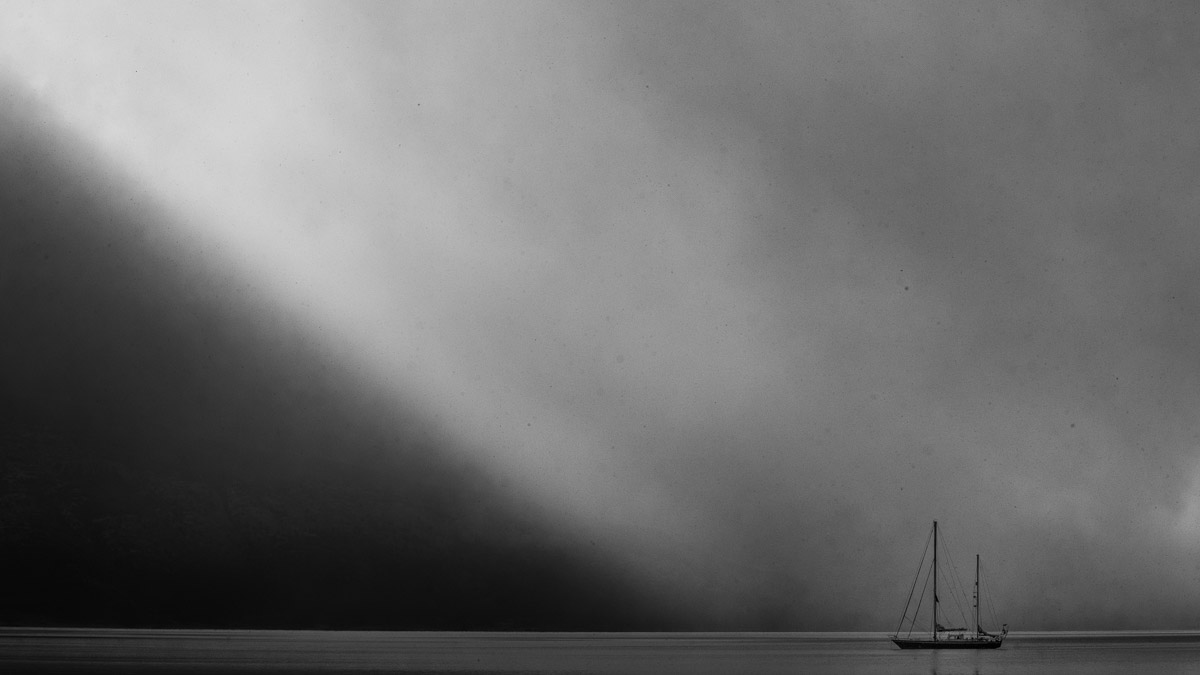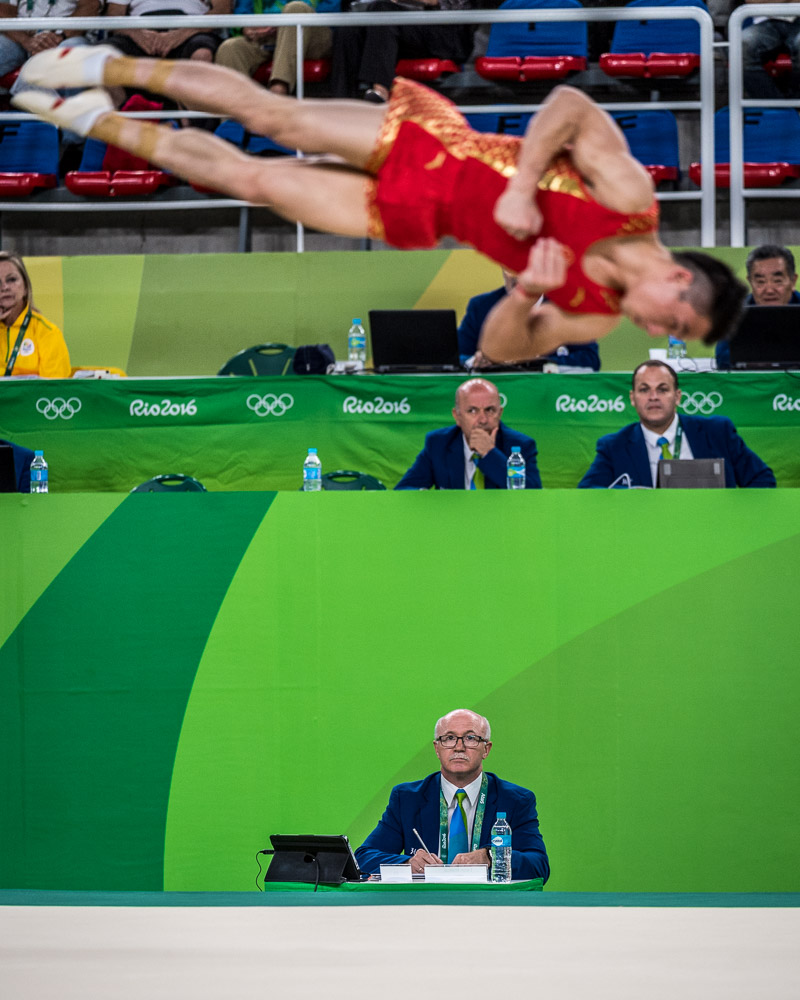Intro to Photography Class
Better known as Reddit Photoclass
15 – Tripod
For the most part, all you really need to take photographs is a camera and a lens, and little more. However, of all the accessories some companies are trying to convince you will make you a better photographer, one has a special place: the tripod (and its siblings the monopod and the tabletop tripod).
A tripod is a simple object: three legs and a way to connect to the camera (usually via a ballhead) will provide a stable platform. As you probably remember from the shutter speed lesson, below a certain threshold (which depends on many factors: focal length, sensor size, your age and physical condition, optical stabilisation…), it is impossible to obtain sharp images: you simply aren’t stable enough. A tripod allows you to shoot from more or less any position you normally would, and to use any shutter speed you want, up to several hours if your battery can last that long.
There are two main situations where this can prove useful. The first, quite obviously, is very low light (indoor, dusk or night). If your ISO is up to the maximum acceptable level and your aperture is fully open but your shutter speed still not above the handheld threshold for a correct exposure, then you will have to use a tripod – or at least a stable platform. Monopods can help you gain 1-3 stops of exposure, but they will prove inadequate when light is really too low.
The other type of situation is when you could shoot a sharp image but would have to make compromises on image quality: either open the aperture so much that you don’t have as much depth of field as you would want, or put ISO so high that noise is noticeable. A tripod allows you to get the best possible image quality by making shutter speed irrelevant in the exposure.
A third important property of tripods is that they are slow to use. They need time to set up, extend the legs, position precisely, and framing usually involves turning several knobs. This is both a good and a bad thing: on one hand, it may make you miss the image you were after, or might make you convince yourself that an image is not worth the trouble. On the other hand, it forces you to slow down and think about the image you are creating: is it the best one I can get from this spot? Is it really saying what I want to communicate? Can I do something to make it better? It is crucial to ask yourself all these questions each time you press the shutter, hence why a tripod can be a good learning tool.
The ability to use very long exposures also opens some new possibilities. We already discussed some of them in the shutter speed lesson. Some others include light painting (writing something with a light source much brighter than the rest of the scene), ghosts (making someone appear dreamy or otherworldly when they move through a long exposure, see the previous image) and star trails (see the following image). As always, remember you should use special effects to help convey your story, not for their own sake.

Many photographers think that it is enough to stick their camera on top of the tripod to get perfectly sharp images. While it will certainly produce better results than handheld, there is also a proper technique to be used to get the most out of your tripod. Failure to observe any of these rules will negate the advantages of actually using a tripod.
- It needs to be heavy enough that neither wind nor the camera can generate vibrations. Many models have a hook below the central column/ballhead on which a heavy pack can be attached. Just make sure it actually touches the ground, or its swinging would make things even worse.
- The ballhead needs to be well adapted to the weight of your camera and lens. It needs to be well below the maximal load or slippage will occur.
- Never use the central column if you can avoid it. It weakens the whole structure and greatly amplifies vibrations.
- When you take a photo with a DSLR, the mirror slaps up and down very fast, which generates some vibrations. Advanced models offer a mode called Mirror Lock Up (MLU) in which the mirror stays up. This means you can’t use the optical viewfinder and will either have to preframe or to use liveview.
- When you physically press the shutter, you will also push the whole body which can also create vibrations. You should either use a remote trigger (wired or not) or the self-timer set on a value of at least 5 seconds, so that vibrations have enough time to die.
2 Comments
-
-
nqyfj3



da7h5z